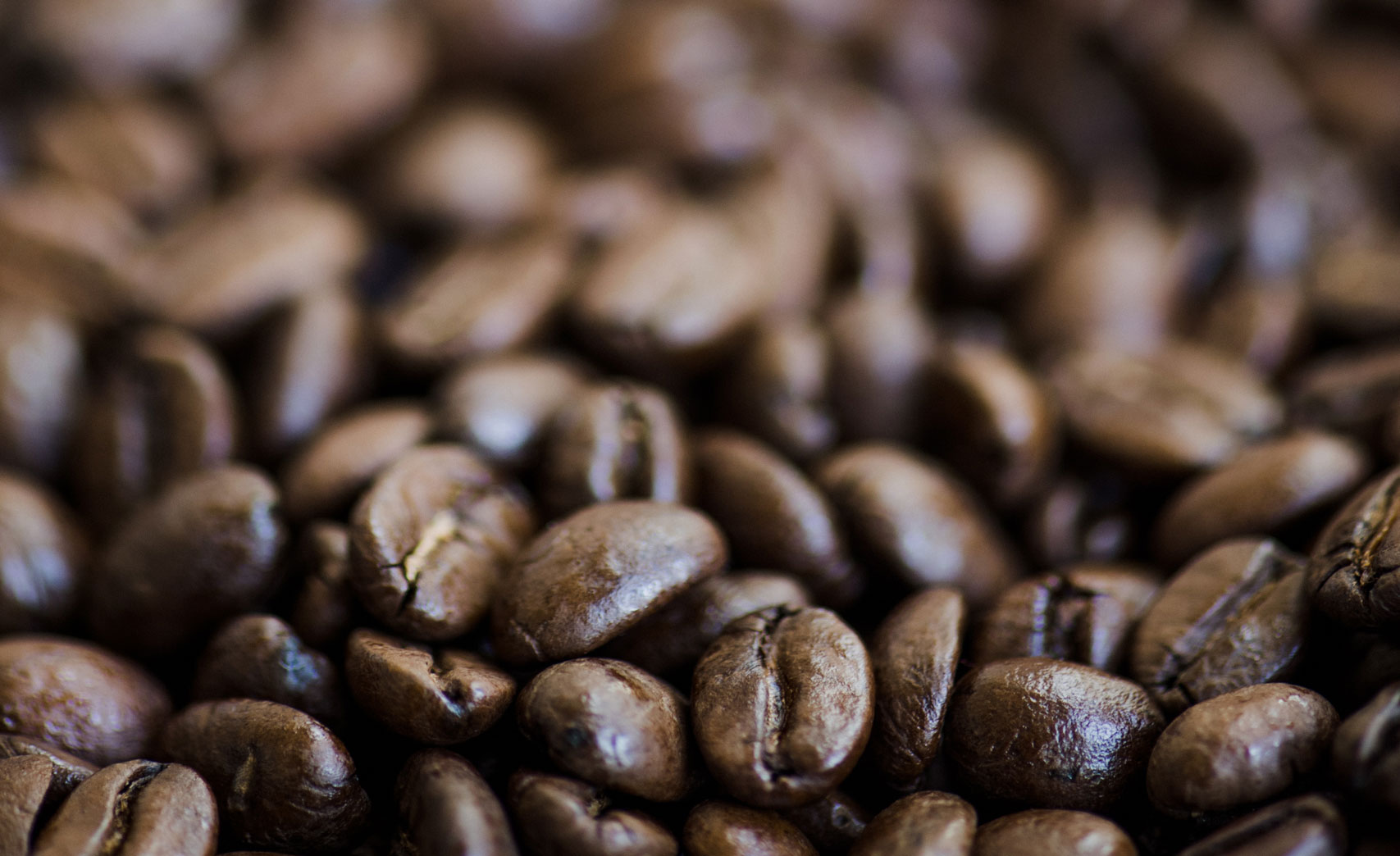Better home coffee
A Guide to Brewing the Perfect CupAn Introduction
The 3 foundations of good coffee are quality coffee, water, and grinder. If you’re missing one of these elements, the coffee will suffer no matter what else you do to it. There are many brew methods that can work well but none of them will save a coffee lacking these three key pillars.
Good Coffee
This may seem obvious but many people don’t even consider the actual coffee beans they’re purchasing and instead just concentrate on roast level or a country of origin they like. These aren’t wrong by any means but these things don’t indicate anything about the quality of the actual green coffee that is roasted. It is a minor miracle to have an excellent cup of coffee. Here are all the steps needed to produce stunning coffee:
- Proper elevation
- Quality coffee varieties (which are usually lower yielding)
- Lots of hard work cultivating, pruning, fertilizing, etc.
- Discerning picking standards for only ripe coffee cherries
- Quality processing methods that yield clean coffee
- Constant turning of coffee as it dries to ensure even drying
- Proper storage and transport of coffee to the United States
- Proper storage and consumption before undesirable aging occurs
- Extensive knowledge and standards for roasting
- Consuming the coffee before it gets too old
- Using good water and equipment to brew
- Knowledge of brewing basics to ensure good extraction of the coffee
When you know all the steps that have to go right in order to achieve desirable coffee flavors, it almost seems ridiculous to use anything other than high quality coffee if you are looking for a cup to savor.
It doesn’t have to be from us (although that will guarantee quality), but it’s imperative to find a roaster that sources good coffee and knows how to roast well.
Good Water
Is your water letting you down? Possibly one of the worst culprits for bad coffee is bad water. A cup of coffee is 98% water. On top of this, different water compositions actually differ in how they EXTRACT the coffee and make drastic differences in how sweet, clean, and vibrant a coffee will taste. Most professionals (including us) use reverse-osmosis plus remineralization to achieve the best results. The reverse-osmosis strips everything away from the water (good and bad) and then the right minerals in the right amounts are added back in to produce ideal water for coffee brewing. It’s hard to overstate how much of a difference good water makes.
There is also plenty of misinformation on coffee water out there as well which makes this issue especially tough to change. Pure reverse-osmosis water or distilled water is not good for coffee flavor. It will yield an empty, lifeless cup. You need certain minerals to extract coffee compounds and also for something for those compounds to attach onto. Good spring or mineral water tastes good to us because it has some of these minerals. Any water that brings the TDS (Total Dissolved Solids) close to 0 will NOT work well for coffee.
Using a carbon filter pitcher or system is good but it’s not perfect and it is highly dependent on your municipal water source. Some areas have good water for coffee to start and others can be downright offensive. In any case, a carbon filter won’t hurt but it may not give you the best results.
Buying quality mineral water is a good option but it’s not a guarantee and it can also be expensive. If you can get it relatively cheaply, this can be a great option.
There are some other excellent options for the home brewers who want the best water. Check them out below:
Sufficient: Carbon filter pitcher
Good: Quality mineral water
Better: Third Wave Water/Global Customized AB Formula
Good Grinder
In deciding the difference between good and great coffee, a good grinder is probably tied with good water in terms of importance. The grind level and quality of the grind have a huge impact on how long the brewing lasts and how each coffee particle is extracted along the way. If you have relatively uniform particles that aren’t too big and aren’t too small, the water will penetrate them evenly throughout the brew and flow through the grounds at an even rate to give you clean and balanced results. If the particle sizes are very uneven, too fine, or too coarse, you will get a very unbalanced cup that will brew too fast or too slow and make for either sour or overly bitter coffee (or both!). For a more advanced explanation, go here (link).
You don’t have to break the bank to get a good grinder. Here is what we recommend for our good, better, best for grinders:
Your Title Goes Here
Your content goes here. Edit or remove this text inline or in the module Content settings
Your Title Goes Here
Your content goes here. Edit or remove this text inline or in the module Content settings.
Your Title Goes Here
Your content goes here. Edit or remove this text inline or in the module Content settings.

Better Home coffee
Have you ever had a stunning cup of coffee at a coffee house, bought a bag of that coffee from them, and then took it home only to brew something with it the next morning that only vaguely resembled that memorable cup you had the day before? Maybe you have no clue where to start with better home coffee and it’s really intimidating or you don’t think it can fit into your busy schedule. Maybe you’ve tried and just come to terms with the fact that you’ll never make great coffee at home. If any of these sound like they apply to you, we’re here to help. This section will start with the most basic (and free!) elements of good coffee and move to the more advanced equipment and techniques. Feel free to stop anywhere along the process that fits your budget and lifestyle.
Basics
First, let’s start with the basics.
FRESHNESS
Old coffee is lifeless at best and possibly mildewy at its worst. Buy good, freshly roasted coffee that takes you 1-2 weeks to use. If it’s for espresso, this can be extended to a month. Month old coffee or older can be ok but it will be a shell of its earlier self in terms of flavor. We roast everything to order so…why not stay in fresh coffee??
Coffee that is too fresh is a much less common problem but it is worth mentioning. There are lots of tasty compounds formed in the roasting process but there are also some gases and other compounds that just need a little time to mellow out. If you brew a coffee too fresh, it will taste a bit harsh. For brewed coffee, waiting a couple days after it’s roasted is ideal. For espresso, a week from the roast date is usually a good rule. If you must brew coffee that is too fresh, let it sit after grinding for a little while if you can. If you’re using a coffeemaker, be careful if you’re brewing a full batch. The fresher the coffee, the more it will de-gas and expand upon contact with water (the “bloom”) and it may overflow the filter. If you are using a manual brew method, give the coffee a little more time in the bloom stage.
Accuracy
Many people will rightly use meticulous standards when measuring for baking but will just kinda eyeball it for their coffee. You won’t get good or consistent results this way. Similar to baking, the best way to get excellent, repeatable results is to weigh your ingredients. Coffees with different roast levels, bean size, and bean density will give you different results.
Using a scale to weigh your coffee assures that you will get excellent results day after day and from coffee to coffee (if it’s good coffee).
Many will see people using scales and timers for coffee and automatically say “I’m too busy for all that nonsense” or “All that for a cup of coffee?!” While great coffee doesn’t have to be a passion for everyone, it would be a shame if some are scared away from better coffee at home because they are intimidated by it or think it won’t fit into their life. There are some very easy and quick ways to weigh your coffee at home and you don’t always have to weigh your water if you have equipment or a good, repeatable method. Check out our equipment quiz to find what’s right for you.
Sufficient: Levelled scoop
Best: Gram scale
Water
Is your water letting you down? Possibly one of the worst culprits for bad coffee is bad water. A cup of coffee is 98% water. On top of this, different water compositions actually differ in how they EXTRACT the coffee and make drastic differences in how sweet, clean, and vibrant a coffee will taste. Most professionals (including us) use reverse-osmosis plus remineralization to achieve the best results. The reverse-osmosis strips everything away from the water (good and bad) and then the right minerals in the right amounts are added back in to produce ideal water for coffee brewing. It’s hard to overstate how much of a difference good water makes.
There is also plenty of misinformation on coffee water out there as well which makes this issue especially tough to change. Pure reverse-osmosis water or distilled water is not good for coffee flavor. It will yield an empty, lifeless cup of coffee. You need certain minerals to extract coffee compounds and also for something for those compounds to attach onto. Good spring or mineral water tastes good to us because it has some of these minerals. Any water that brings the TDS (Total Dissolved Solids) close to 0 will not work well.
On the other end of the spectrum is very hard water. Excessively hard water will not give you very clean tasting results and it will be dominated by the minerals and not coffee. It will also build up scale in coffee makers much faster, rendering them inoperable in some cases.
Using a carbon filter pitcher or system is good but it’s not perfect and it is highly dependent on your municipal water source. Some areas have good water for coffee to start and others can be downright offensive. In any case, a carbon filter won’t hurt but it may not give you excellent results.
Sufficient: Carbon filter pitcher
Good: Quality mineral water
Better: Third Wave Water/Global Customized AB Formula
Grinder
In deciding the difference between good and great coffee, a good grinder is probably tied with good water in terms of importance. The grind level and quality of the grind have a huge impact on how long the brewing lasts and how each coffee particle is extracted along the way. If you have relatively uniform particles that aren’t too big and aren’t too small, the water will penetrate them evenly throughout the brew and flow through the grounds at an even rate to give you clean and balanced results. If the particle sizes are very uneven, too fine, or too coarse, you will get a very unbalanced cup that will brew too fast or too slow and make for either sour or overly bitter coffee. For a more advanced explanation, go here (link).

